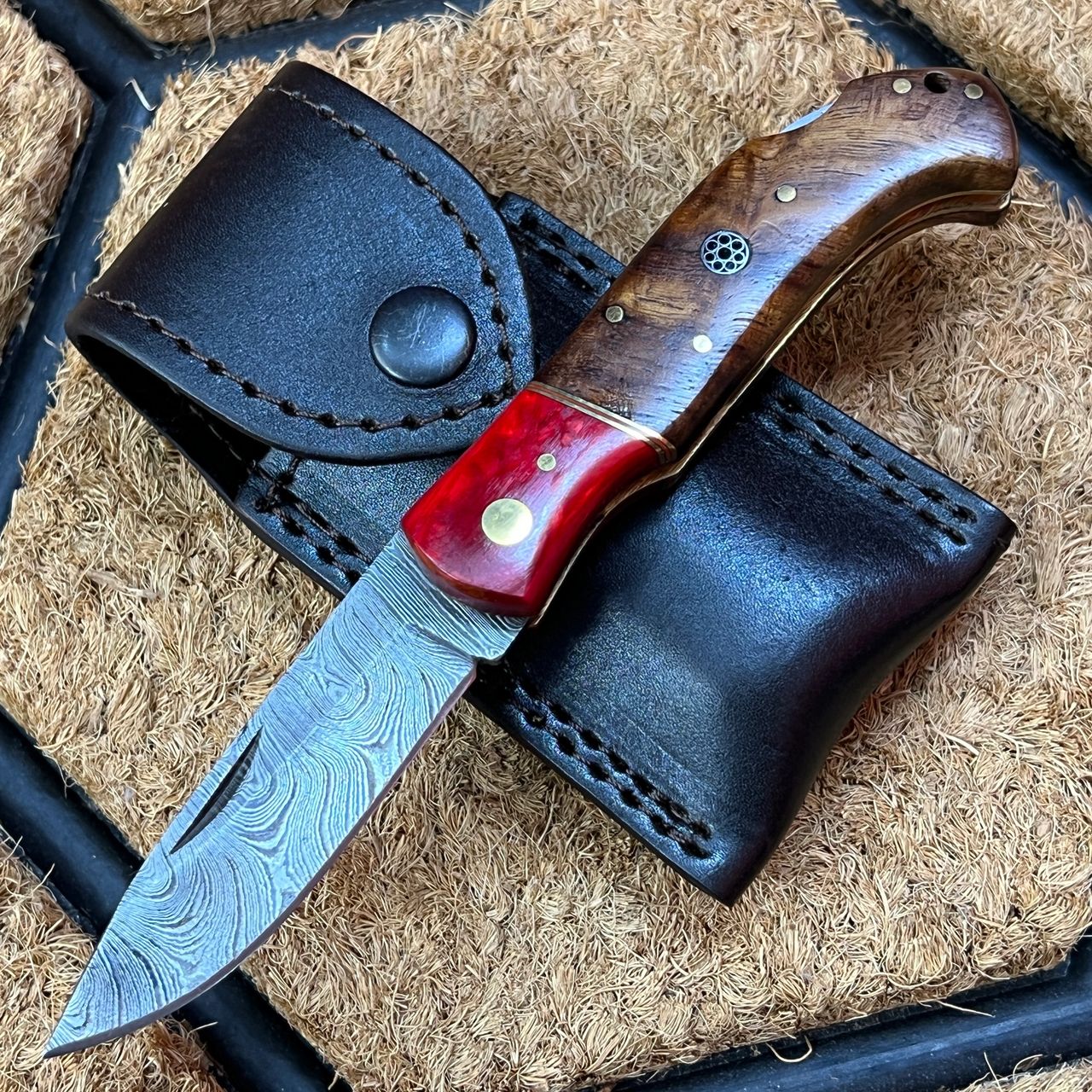The Different Types of Damascus Steel Patterns and Their Meanings
Damascus steel is known for its unique and intricate patterns that are formed through a process of layering and forging different types of steel. These patterns not only add to the beauty of a Damascus steel blade, but also provide valuable insights into the materials used and the craftsmanship involved in making the knife.
There are several different types of Damascus steel patterns, each with its own distinct appearance and meaning. In this article, we will explore some of the most common patterns found in Damascus steel and what they represent.
Twist Pattern
The twist pattern is one of the most recognizable Damascus steel patterns, characterized by its swirling and twisting appearance. This pattern is created by twisting together two or more bars of steel with different compositions, then hammering and folding them repeatedly until the desired pattern emerges. The twist pattern is often associated with strength and durability.
Raindrop Pattern
The raindrop pattern is characterized by its distinctive teardrop-shaped markings that resemble raindrops. This pattern is created by layering together different types of steel, then etching the surface to reveal the contrasting layers. The raindrop pattern is often associated with beauty and elegance.
Feather Pattern
The feather pattern is characterized by its delicate and intricate markings that resemble the feathers of a bird. This pattern is created by layering together different types of steel and then manipulating the layers with a hammer and chisel to create the feather-like appearance. The feather pattern is often associated with gracefulness and lightness.
Ladder Pattern
The ladder pattern is characterized by its linear and parallel markings that resemble the rungs of a ladder. This pattern is created by layering together different types of steel, then manipulating the layers with a hammer and chisel to create the ladder-like appearance. The ladder pattern is often associated with structure and organization.
Random Pattern
The random pattern is characterized by its chaotic and unpredictable markings that are created by layering together different types of steel without any specific pattern or design. This pattern is often associated with creativity and individuality
In conclusion, the different types of Damascus steel patterns each have their own unique appearance and meaning. From the strength and durability of the twist pattern to the elegance and beauty of the raindrop pattern, the patterns found in Damascus steel knives are a testament to the skill and artistry of the craftsman who created them. Whether you are a collector or simply appreciate the beauty and functionality of a well-crafted knife, understanding the different types of Damascus steel patterns can add a new level of appreciation for this ancient and timeless art form.

Comments
Post a Comment